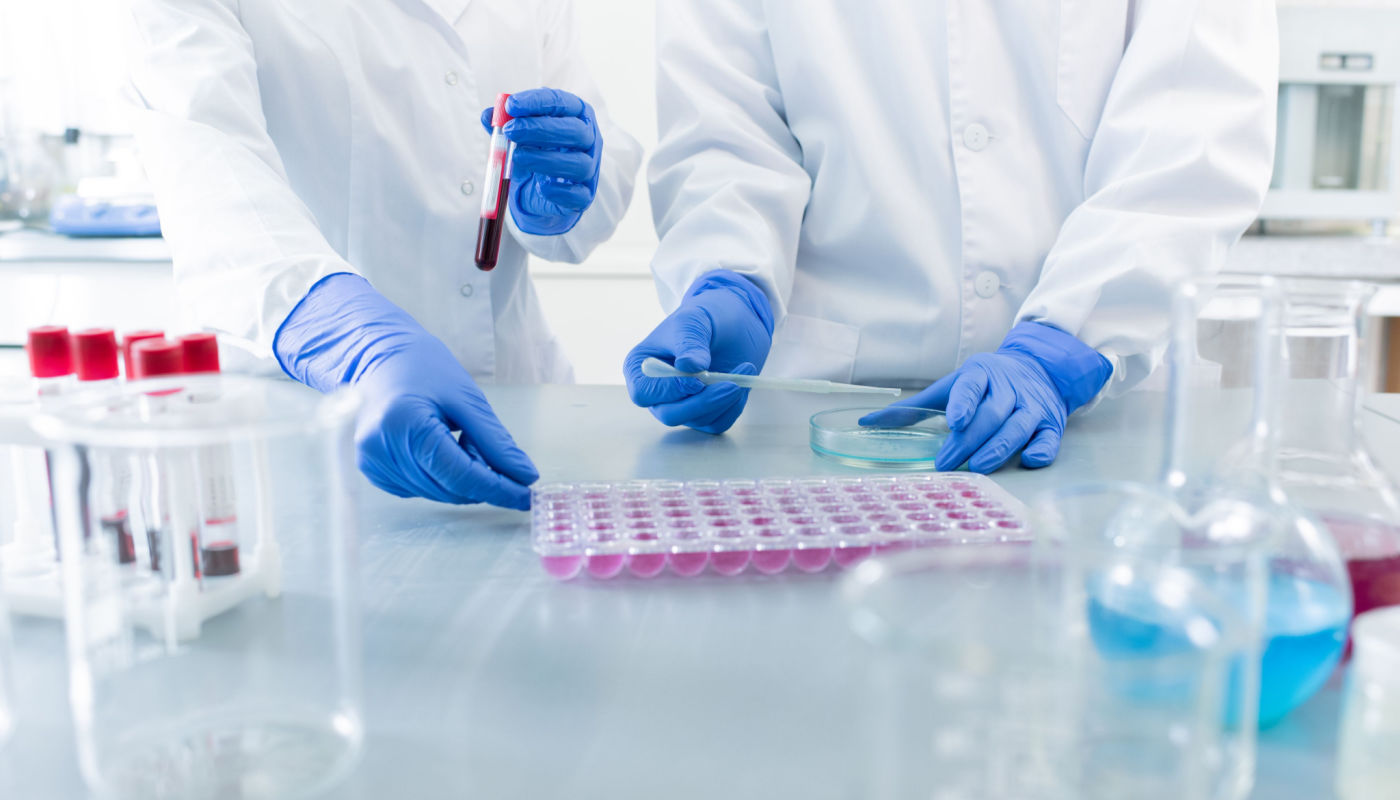
The Science Behind Hand Sanitizer
Using hand sanitizer may sometimes feel like magic, but have you ever thought about the science behind it? Are you curious about how it helps eliminate unwanted germs?
To understand how hand sanitizer works, it’s essential to understand how microbes spread and make us sick. The cell membranes of many common germs often have a similar chemical composition. Rubbing them with alcohol hand sanitizer damages and destroys that composition. The ethyl alcohol in hand sanitizers breaks down the cell membrane or outer wall of some germs and bacteria. This can expose proteins and critical elements that help germs alive.
How to Properly Fight Germs and Bacteria
When it comes to hand sanitizer, a common misconception is that hand sanitizer works the same way regardless of situational factors, but that isn’t true. Here are a few things to remember if you want to ensure that hand sanitizer can adequately perform its job.
- Avoid using hand Sanitizer when your hands are wet – Using hand sanitizer when your hands are wet could dilute it, making it less effective.
- Avoid using hand Sanitizer when your hands are visibly dirty – Avoiding dirt and using hand sanitizer on clean, dry hands will help it be as effective as possible.
Science, Hand Sanitizer and Back-to-School Living
In school settings, environmental factors make hand sanitizer a great option. Students touch shared surfaces throughout the day.
Simultaneously, getting a hall pass for frequent handwashing opportunities can be difficult. Remember to remind your kids of good hand hygiene habits when returning to school. It also may be good practice to ask schoolteachers what kinds of strategies they are proactively employing in the classroom to help reduce contact with germs.




